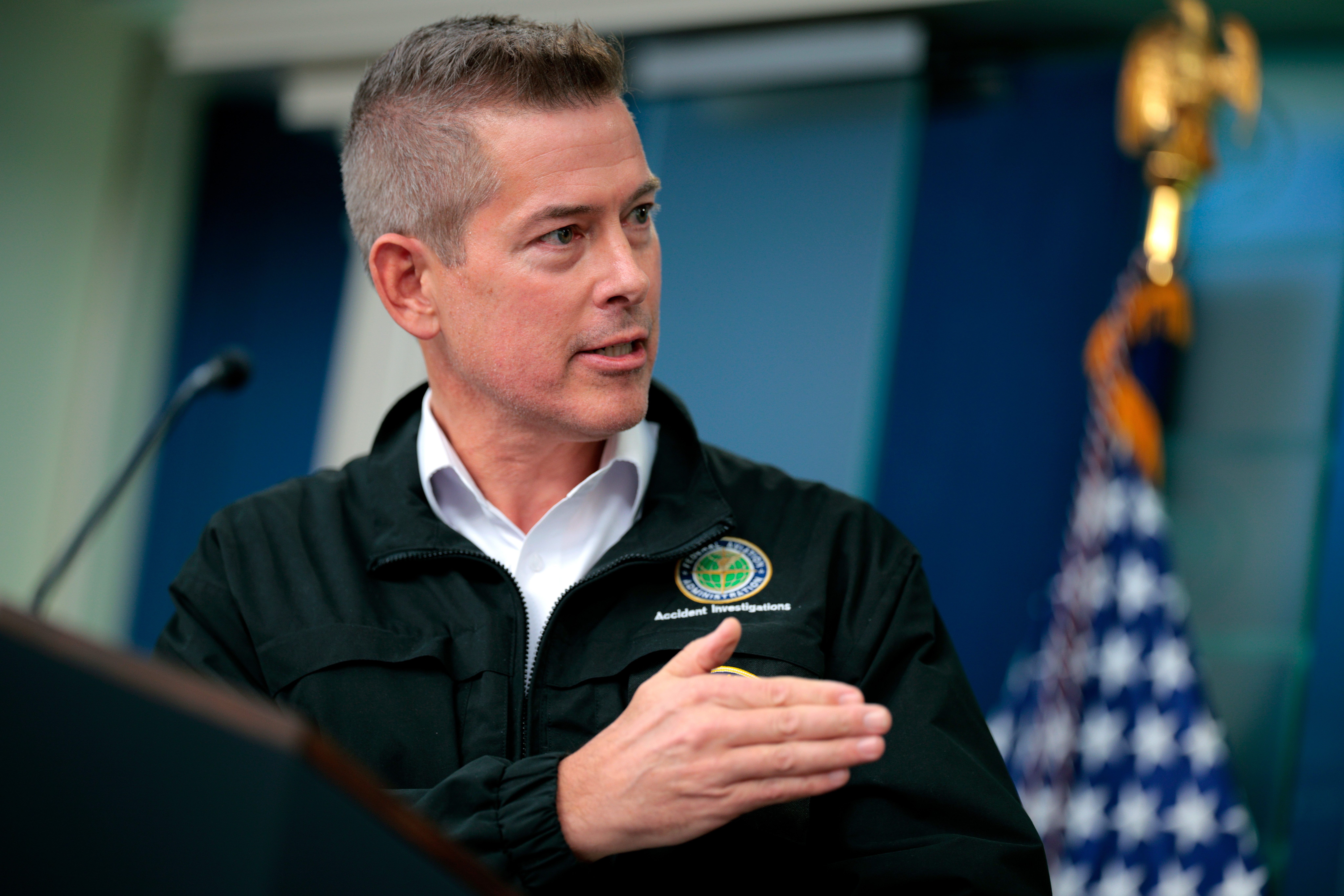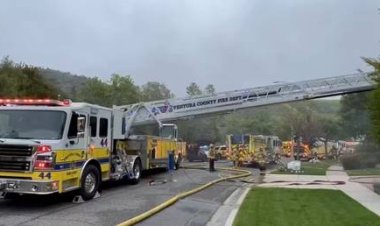Trump's Transportation Chief Reveals Musk's Cost-Cutters Will 'Plug In' to Air Traffic Control System
Sean Duffy mentioned that he had a conversation with Musk, describing him as a “pretty remarkable guy” who possesses “access to the best technological people, the best engineers in the world.”

“Talked to the DOGE team. They are going to plug in to help upgrade our aviation system,” Duffy mentioned.
While Duffy provided no further specifics, the Transportation Department did not respond immediately to a request for comments. Prior to his post, Duffy spoke at a conference for state DOT officials, where he asserted plans to “remake our airspace.”
Duffy indicated that he had spoken with Musk the day before, describing Musk as a “pretty remarkable guy” with “access to the best technological people, the best engineers in the world.”
“We’re gonna remake our airspace,” Duffy emphasized. “And we’re gonna do it quickly, and we have the support of the Congress, I think right now, to say, you know what, we’re using like 1960s, World War II technology in much of the components of the airspace. We’re gonna upgrade it.”
Current air traffic controllers rely on outdated equipment, utilizing a radar-based system to track planes. The transition to a satellite-based air traffic control system known as NextGen has faced challenges, including cost overruns and delays, and has been ongoing for years.
Duffy also mentioned that his agency has plans to “surge” the air traffic controller workforce, with an announcement expected in the “next couple days.”
He noted that bringing more controllers on board will take time, highlighting that training is not akin to “flippin’ a switch.”
The U.S. has been persistently short on controllers for decades, an issue that traces back to President Ronald Reagan’s 1981 decision to fire striking controllers. This shortage worsened during the Covid-19 pandemic.
During his remarks, Duffy did not share detailed information about the plan, and the DOT was unable to provide immediate further specifics. Controllers receive training pertaining to specific airspace and must complete additional training for particular facilities.
The National Air Traffic Controllers Association has not yet responded to a request for comments.
Additionally, Duffy referenced a recent serious midair collision involving a regional American Airlines jet and a U.S. Army helicopter over the Potomac River. He noted that on the day of the incident, two controller positions at Ronald Reagan Washington National Airport—one managing helicopters and the other for planes—had been merged earlier than usual.
“I’m gonna look at the policies and procedures inside the tower, why that happened,” Duffy stated.
He further questioned the scheduling of military helicopter training flights in D.C., which occurred during peak passenger air traffic hours, such as 9 p.m., instead of later overnight, like at 1 a.m.
“And if we have generals who are flying in helicopters for convenience through this airspace, that’s unacceptable,” Duffy remarked. “Get in a damn Suburban and drive.”
The Black Hawk helicopter involved in the crash was performing a routine training mission. The 12th Aviation Battalion—responsible for priority transport for government officials below the president, including the secretary of Defense, four-star generals, and members of Congress—also has a critical role in maintaining the continuity of government during potential threats to the U.S. capital.
Jack Detsch contributed to this report.
Mathilde Moreau for TROIB News












